After holding the leading position in rice exports to the Singapore market for the first two quarters of the year, Vietnam has lost market share to India and Thailand.
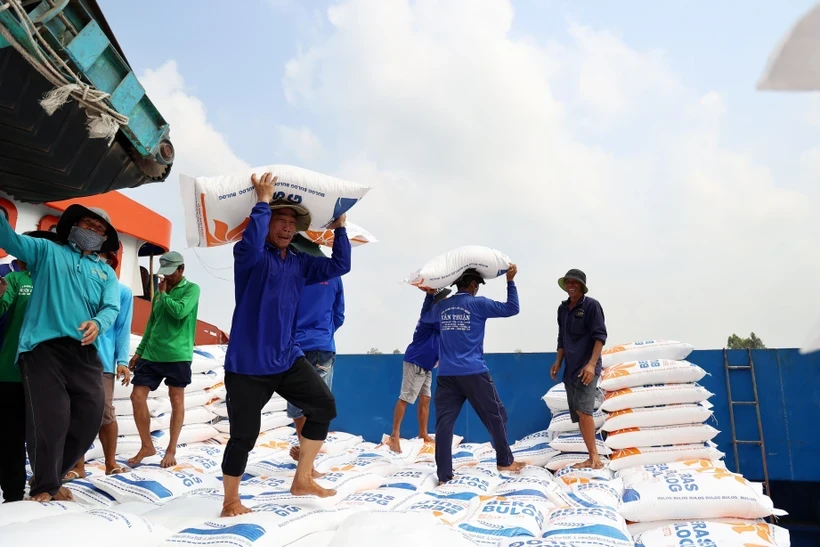
According to the Trade Office of the Vietnamese Embassy in Singapore, statistics from the Singapore Enterprise Authority show that in 2024, the total value of rice imports from the world to the Singapore market will reach more than 456.2 million SGD, an increase of 10.73% over the same period in 2023.
In terms of volume, the total import volume of 9 main rice varieties (HS10062010, HS10062090, HS10063030, HS10063040, HS10063091, HS10063099 and HS10064090, HS10063050, HS10063070) is estimated at about 589,675 tons, an increase of 3.77% over the same period in 2023. In terms of market share structure of rice products, white rice accounts for the largest market share (33.57%), followed by parboiled rice (17.63%), Hom Mali white rice (17.16%), milled or peeled fragrant rice (14.97%). Other rice products are equally divided into the remaining segments.
The rice import market in Singapore in 2024 witnessed quite good growth in both import quantity and value. 7/9 main rice groups all had positive growth, some with high growth rates such as glutinous rice (up 185.82%), milled or peeled fragrant rice (up 35.6%), and parboiled rice (up 73.12%). However, the group with the largest market share, white rice, witnessed a decrease of 16.5%.
Notably, in 2024, Vietnam will be the third largest rice exporter to Singapore with a turnover of SGD 128.9 million, accounting for 28.25% of the market share. India and Thailand are the two largest exporters with turnovers of SGD 148.19 million (32.48%) and SGD 137.75 million (30.19%), respectively. The total market share of the top 3 exporting countries accounts for 90.93% of the rice market share in Singapore.
According to statistics, Vietnam's rice exports to the Singapore market in 2024 continued to grow very well, reaching a turnover of about 128.9 million SGD, an increase of 28.45% over the same period in 2023. Some groups of Vietnamese rice exports continued to witness very strong growth, including sticky rice (turnover of 14.25 million SGD, an increase of more than 4.6 times), broken rice (turnover of 2.6 million SGD, an increase of 113.63%) and milled or peeled fragrant rice (turnover of 44.89 million SGD, an increase of 65.73%).
However, the main rice group of Vietnam in the Singapore market, white rice, increased slightly by 0.24%, reaching a turnover of 64.67 million SGD. In addition, the group of brown rice also decreased compared to the same period last year (turnover of 322,000 SGD, down 34.29%).
Currently, Vietnam is the country with the largest market share for three rice groups: white rice (accounting for 42.23%); fragrant rice, milled or hulled (accounting for 65.73%) and sticky rice (77.02%). India is the country with the absolute market share for parboiled rice (accounting for 99.48%) and basmati rice, milled or hulled (accounting for 97.17%).
Thailand is the country with the largest market share for homali brown rice (94.86%), homali white rice (97.35%), and broken rice (58.21%). For regular brown rice, Japan has the largest market share (75.82%). Accordingly, Thailand, India, and Japan are Vietnam's biggest competitors in the Singapore rice market. Basically, Singapore's rice market has a stable demand of 300-400 million SGD per year.
Mr. Cao Xuan Thang, Trade Counselor, Head of the Vietnam Trade Office in Singapore, said that in the first 6 months of 2024, Vietnam has risen to the position of the largest export partner. Although maintaining a high export rate for the groups of sticky rice and milled/husked fragrant rice, the turnover of the main group of white rice only increased slightly (0.24%), causing the total rice export turnover of Vietnam to Singapore in 2024 to decrease significantly. Vietnam has dropped to the position of Singapore's 3rd largest rice export partner, after India and Thailand.
Regarding trade promotion, the promotion and introduction of Vietnamese rice products in the market is still quite limited, there seems to be no large-scale promotion activities by enterprises and associations of the Vietnamese rice industry. Currently, the main activities are trade promotion and display of Vietnamese rice products implemented by the Vietnam Trade Office in Singapore. Meanwhile, countries such as Thailand, Japan, and India are very interested in investing in promoting product images and have agreements with importers and distributors on keeping the name and brand of rice products.
Furthermore, Vietnamese enterprises have not focused on investing in large-scale product promotion and introduction. Importers and distribution systems in Singapore mainly import Vietnamese rice and package it with Singaporean designs, packaging and domestic brands for easy consumption in the market. Vietnamese branded rice products are mostly consumed in small convenience stores or online sales agents of Vietnamese people.
After the first two quarters of the year holding the leading position in rice exports to the Singaporean market, Vietnam has lost market share to India and Thailand. This shows that businesses need to make more efforts to find ways to improve their competitiveness and the quality of rice products because the Singaporean rice market is closely managed by the Singaporean Government , as shown by the Government's review and issuance of import licenses as well as direct inspection and testing of rice quality before it is put on the market.
In addition, businesses also need to identify that Vietnamese rice products are not only consumed in the Singapore market but are also exported by Singaporean businesses to other countries around the world. Therefore, businesses need to pay attention to the important role of Singapore as a transit area, not just a consumer market of nearly 6 million people./.
Source



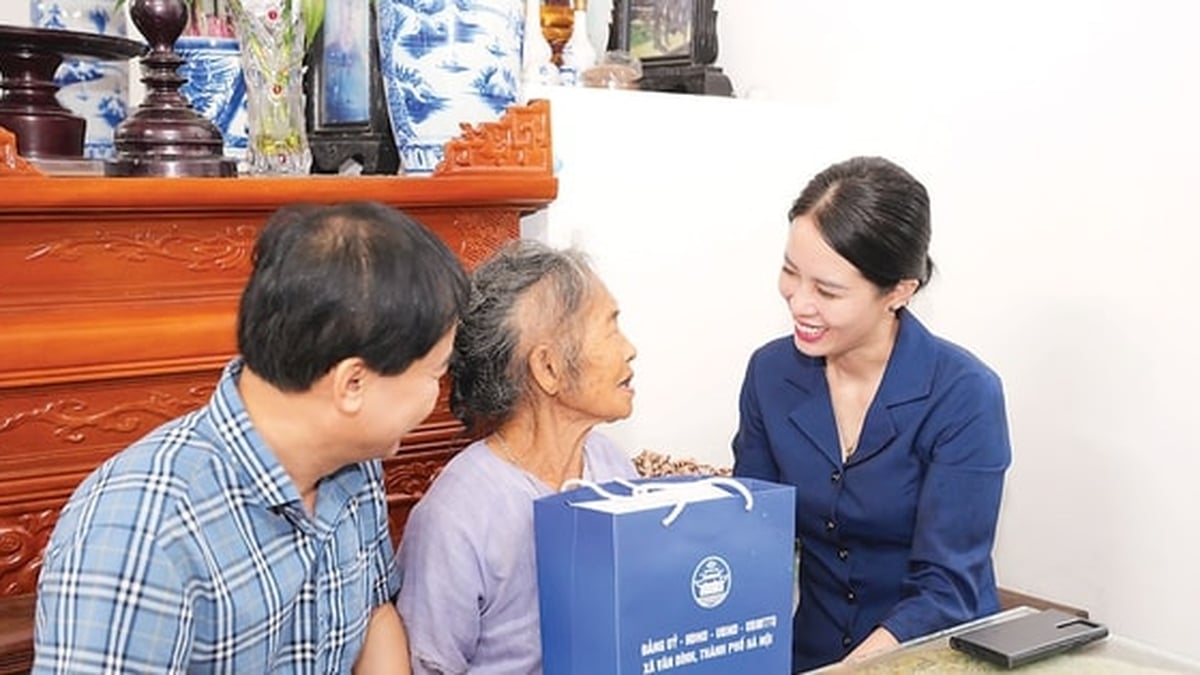
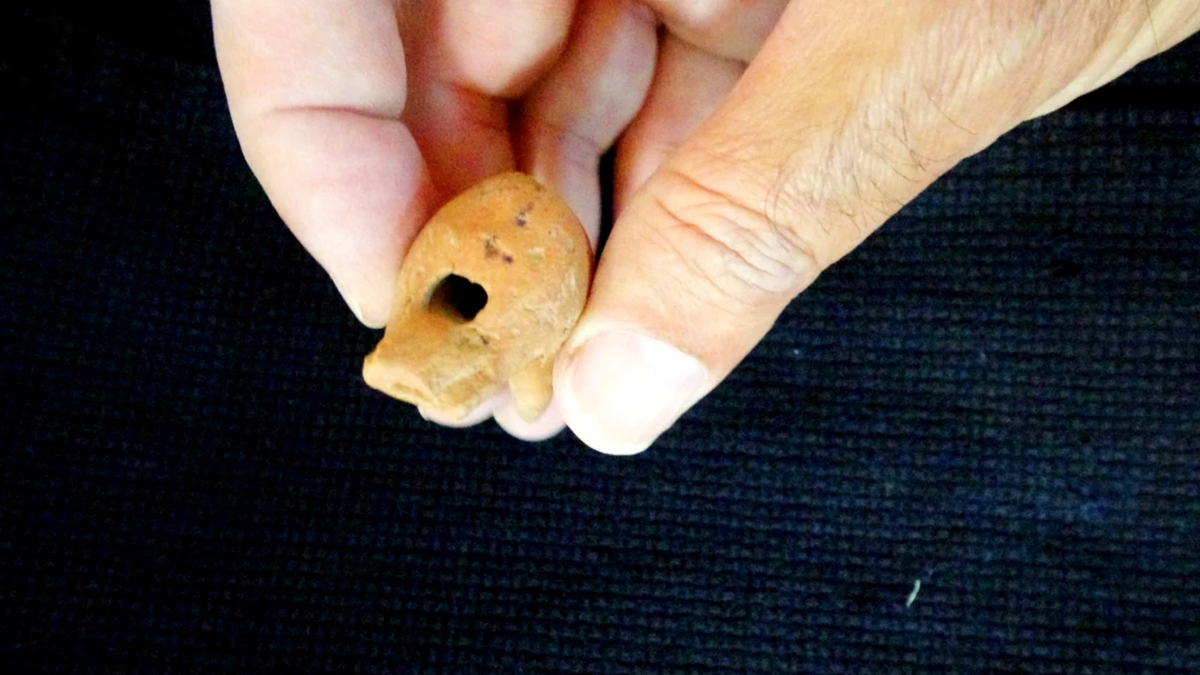

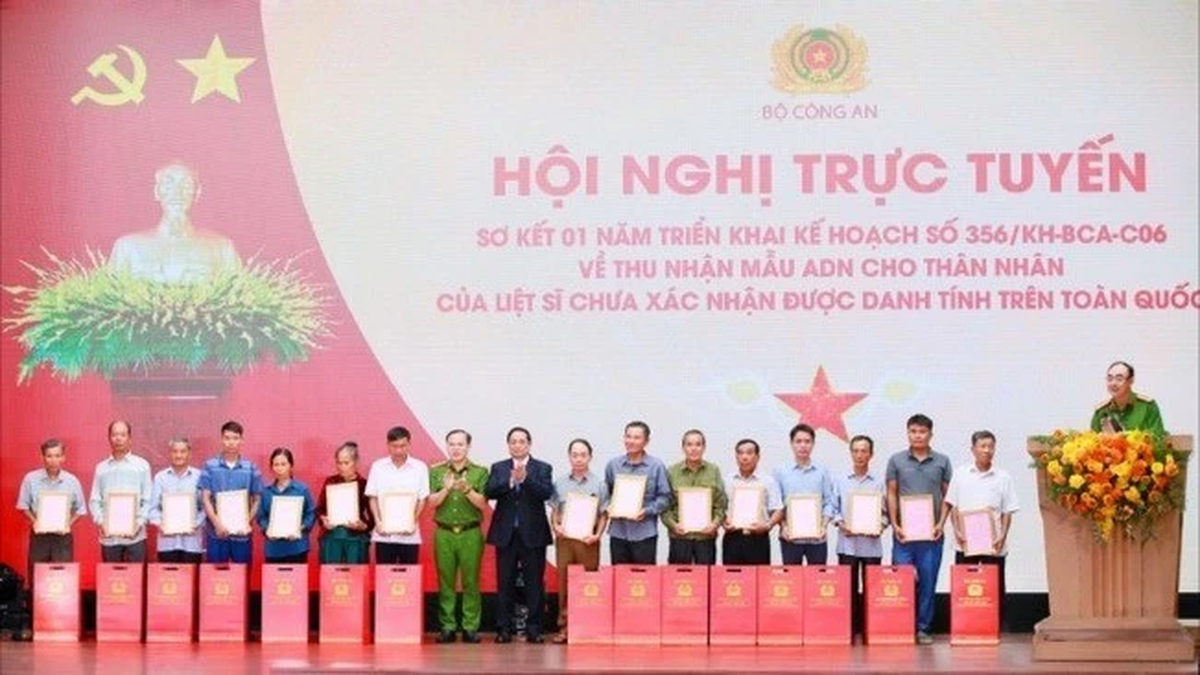



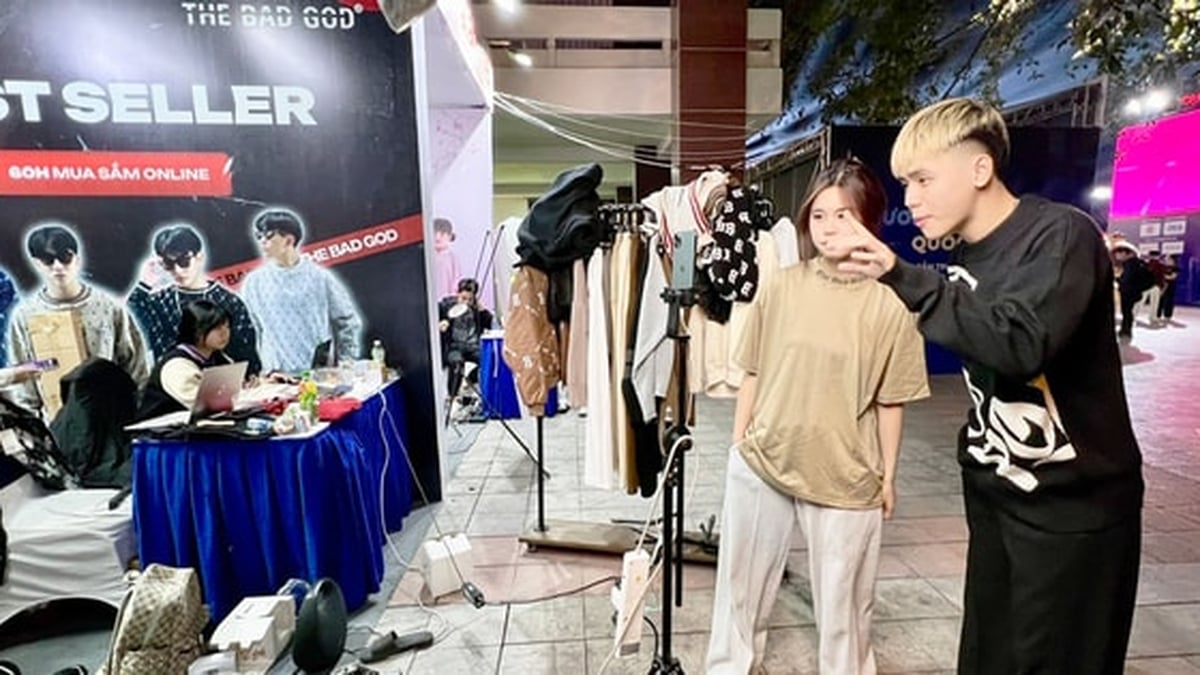




























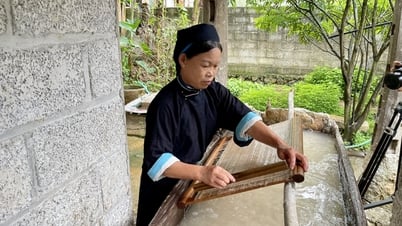



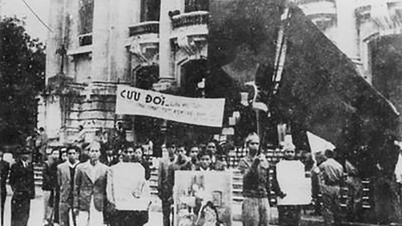






















![[Photo] National Assembly Chairman Tran Thanh Man receives Chairman of Morocco-Vietnam Friendship Association](https://vphoto.vietnam.vn/thumb/402x226/vietnam/resource/IMAGE/2025/7/26/b5fb486562044db9a5e95efb6dc6a263)


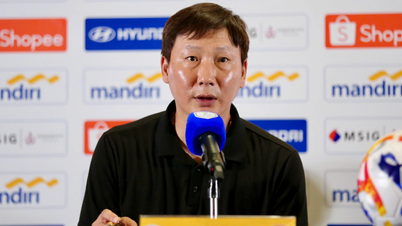








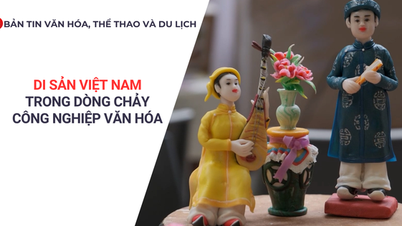























Comment (0)